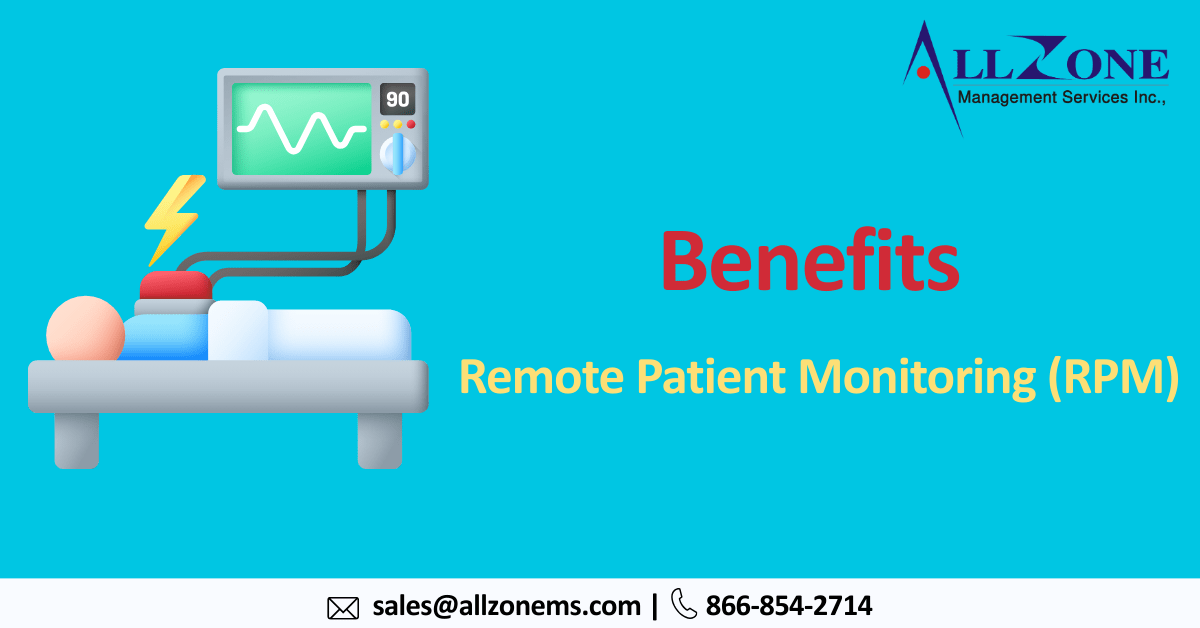The COVID-19 pandemic highlighted the need for alternative healthcare delivery methods. Remote patient monitoring (RPM) emerged as a valuable complement to telehealth, allowing doctors to remotely monitor patients’ health data in real-time.
How Remote patient monitoring Works
RPM utilizes various devices to track vital signs like blood pressure, heart rate, and blood sugar. It can also monitor weight, activity levels, and sleep. A pilot program successfully demonstrated RPM’s applications for prenatal care, where expecting mothers take readings at home, transmitting the data to their doctors. Similarly, doctors are using remote spirometry for monitoring high-risk patients with COPD and asthma.
Benefits of Remote patient monitoring
A significant advantage of RPM is reduced reliance on patient self-reported data. This is crucial for conditions like diabetes, where RPM can instantly transmit vital information like medication adherence and blood sugar levels to the doctor.
While not a replacement for in-person visits, RPM is a valuable tool alongside traditional examinations. It has the potential to improve access to care as comfort with the technology increases.
Implementing Remote patient monitoring
For doctors considering adopting RPM, defining the specific health data most relevant to their practice is a first step. It’s recommended to start with a single chronic condition, such as monitoring blood sugar levels.
Physicians also need to choose RPM technology that provides data analysis to identify potential health risks. Additionally, a plan for responding to critical data points is essential.
Most doctors will require a telehealth platform that integrates with their electronic health records (EHR) to access RPM data. Identifying the target patient population will also help select the most suitable software or platform. User-friendliness for patients is another crucial factor when choosing RPM devices.
Financial Advantages of RPM
RPM can be a revenue stream for doctors impacted by COVID-19. Medicare waivers now allow billing for remote services, eliminating the need for in-person visits.
While some platforms may take a higher initial cut of the revenue, they can eventually translate into increased income for doctors. Additionally, many doctors may be unaware of the various reimbursable aspects of RPM.
Conclusion
Remote patient monitoring offers a powerful way to improve continuity of care and patient outcomes. As technology advances and its applications expand, RPM is poised to play an even greater role in the future of healthcare.
Boost Medical Billing Efficiency and Revenue with Remote Patient Monitoring
1. Streamlining Billing Processes: RPM provides accurate and real-time patient data, facilitating precise billing and reducing errors associated with manual data entry.
2. Increasing Revenue: By enabling continuous monitoring, RPM can help healthcare providers offer additional billable services, leading to increased revenue streams.
3. Improving Compliance: Automated data collection through RPM ensures compliance with billing regulations and standards, reducing the risk of audits and penalties.
4. Enhancing Patient Engagement: RPM fosters proactive patient management, improving health outcomes and patient satisfaction, which can lead to better reimbursement rates from payers.
5. Reducing Administrative Burden: RPM reduces the need for frequent in-person visits, cutting down on administrative tasks and allowing staff to focus on more critical billing activities.
Overall, RPM optimizes the billing cycle, improves financial performance, and enhances patient care.

